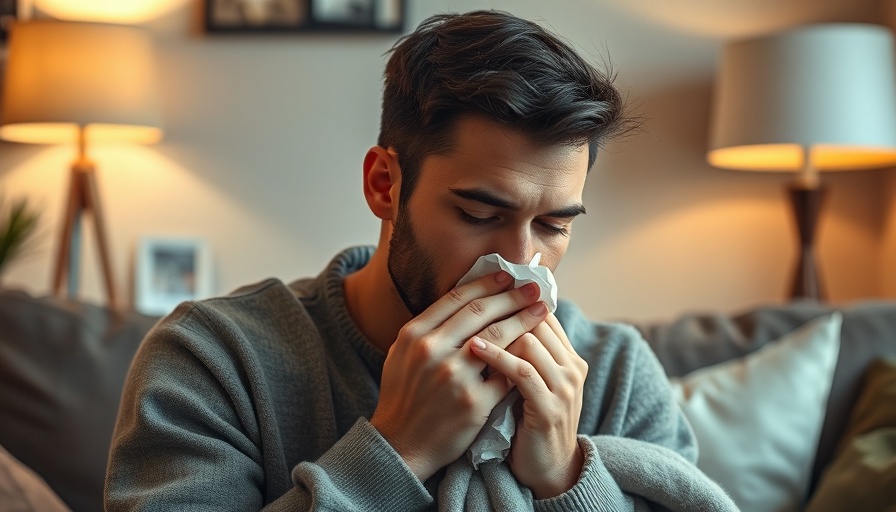
A Shocking Medical Emergency: The Unlikely Connection Between Sneezing and Stroke
In a startling and unusual case, a 35-year-old healthy man named Ian Applegate from Santa Cruz, California, found himself facing a life-altering health crisis initiated by a simple act: sneezing. On February 9, 2025, after recovering from the flu, Ian sneezed violently while preparing to drive with his wife and their young son. That seemingly benign act triggered a catastrophic event—a stroke caused by a rupture in one of the arteries in his neck.
Witnessing what he described as a 'blinding headache' and dizziness that made the world spin around him, Ian gradually became aware of alarming symptoms. As he recalled, “It felt like everything just went numb on the left side of my body, and intense pain shot from my neck to my head.” His wife rushed him to Dominican Hospital, where doctors revealed he had suffered a vertebral artery dissection—a critical condition that can occur from sudden neck movements, such as sneezing.
The Mechanics of Vertebral Artery Dissection
Vertebral artery dissection occurs when a tear forms in the lining of the artery, often due to abrupt neck movements, physical trauma, or even seemingly innocuous activities. While it remains a rare cause of stroke, it represents a significant risk among individuals under 45 years of age. This condition can lead to severe interruptions in blood flow to the brain, culminating in a stroke, which typically manifests with symptoms like severe headache, neck pain, dizziness, and visual disturbances.
The Crisis Unfolds: Ian's Journey
After being diagnosed, Ian received immediate treatment involving blood-thinning medications to address the clotting and reduce the stroke's aftermath. However, despite the intervention, he endured considerable damage, affecting his capability to walk and swallow. Nearly a month after the incident, he shared, “I never thought something like this could happen to me, and now I fear even the most ordinary actions like sneezing.” With his wife due to deliver their second child soon, he expressed a heartfelt desire to recover quickly and support his family.
The Wider Implications: Understanding Stroke Risk Factors
This incident highlights the broader implications of vertebral artery dissection, shedding light on the supposed health conditions that contribute to its risk. Generally, factors such as hypertension, connective tissue disorders like Ehlers-Danlos syndrome, and physical trauma—like car accidents or injuries from heavy lifting—are known contributors. Additionally, activities that involve significant neck stress, such as yoga, chiropractic adjustments, or even vigorous sneezing, can increase the likelihood of a dissection.
Statistically, vertebral artery dissections may account for 10-25% of strokes in younger patients, and the coincidence of such life-threatening conditions with common behaviors makes it crucial for individuals to remain aware of their health circumstances and body signals.
Lessons Learned: Raising Awareness and Preparedness
Ultimately, this incident serves as a potent reminder of the importance of awareness regarding one’s health and the potential dangers embedded even in commonplace actions. The unpredictability of health—especially linked to behaviors considered innocuous—emphasizes the need for routine medical evaluations and a keen understanding of individual health risks.
Moreover, the behavioral shift toward recognizing when to seek immediate medical attention cannot be overstated. Symptoms similar to Ian's should never be ignored, highlighting the importance of timely action to optimize recovery chances.
Conclusion: Embracing Health and Vigilance
For many, health often feels like a distant concern until something extraordinary happens. Ian's plight puts into perspective just how fragile our well-being can be. As he continues his recovery journey, his story urges all readers to remain conscious of their health, respond promptly to alarming symptoms, and advocate for a lifestyle that embraces safety and knowledge.
With health complications that stem from simple actions like sneezing proving severe, it remains essential to remain vigilant and proactive in caring for one’s health.
 Add Row
Add Row  Add
Add 



Write A Comment